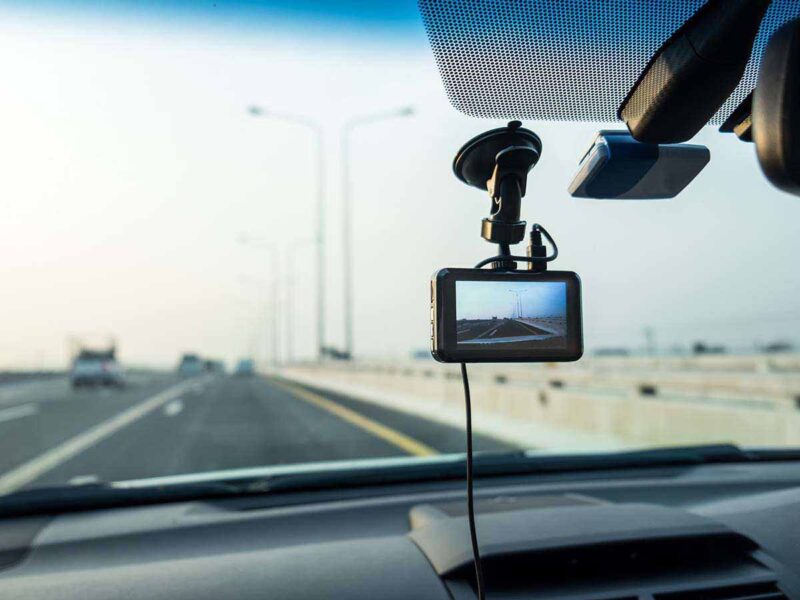Have you ever excitedly installed a dash cam only to find it mysteriously powered down halfway through your drive? It’s baffling and frustrating, right? Your dash cam plays a vital role in capturing critical evidence during accidents or disputes. A sudden shutdown can mean losing that key footage.
And let’s face it, figuring out power issues with your dash camera can feel like trying to solve a complex puzzle. However, understanding the common causes of these problems can make solving them a bit more straightforward.
Key Highlights:
- Check your dash cam’s power source first, whether it’s hardwired or plugged into a socket.
- Loose adapters, worn-out cables, and blown fuses often cause sudden shutdowns.
- Environmental factors like heat or cold can interfere with device performance.
- Battery aging or failure is a common but overlooked issue.
- Preventive maintenance can save time and money down the road.
- Using a voltage regulator improves long-term reliability.
Identifying the Root Cause
Before we dive into the nitty-gritty, let me share a quick story about the word “cause.” There was a young student who loved to tinker with gadgets. One day, his remote-controlled car stopped working. Instead of panicking, he methodically checked each component to identify the cause of the failure. His curiosity and systematic approach remind us that understanding the cause is the first step in solving any problem.
When your dash camera fails to stay powered, the first thing you should check is its power source. Is your dash cam hardwired to your vehicle’s battery, or does it plug into the cigarette lighter? Each setup has its unique challenges. For instance, if it’s hardwired, a loose connection could be the culprit. If it uses the cigarette lighter, the issue might be as simple as a blown fuse.
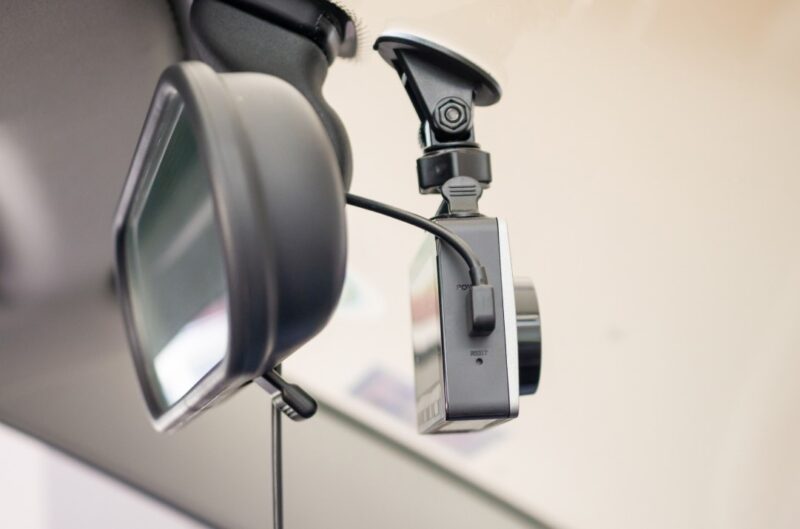
Exploring Common Power Problems
Next, let’s discuss these power issues in more detail. Remember the group of friends who used to meet every week to discuss various topics? They would challenge each other’s understanding and push each other to think differently. Similarly, discussing your dash cam’s issues with friends or online communities can provide new insights or solutions you might not have considered.
- A loose power adapter connection can interrupt power flow and cause the camera to shut off.
- Faulty or damaged power cables may fray, bend, or lose conductivity over time.
- Using low-quality third-party adapters or cables can lead to unstable voltage delivery.
- The fuse in your car’s cigarette lighter socket may be blown and prevent power delivery.
- Some dash cams automatically shut off if the voltage supplied is below the required threshold.
If your dash cam continuously switches off and on, check if the power adapter is securely plugged in. A loose connection can disrupt the power flow, causing your dash camera to turn off unexpectedly. Another common issue could be the power cable itself. Over time, cables can get damaged or worn out. Inspect your cable for any signs of fraying or severe bending that might interrupt the power supply.
The Mystery of the Intermittent Power
Sometimes, the dash cam might work perfectly one day and not at all the next. This intermittent power can be particularly perplexing. One possible explanation could be changes in temperature. Just like plants with bipinnate leaves that respond dramatically to the weather, electronic devices are also sensitive to their environment. Extreme cold or heat can affect the performance of your device’s battery or its ability to charge.
Check if your dash cam’s battery is in good condition. Over time, batteries lose their ability to hold a charge. If your dash camera is older, replacing the battery might just solve your problem. Additionally, ensure that your vehicle’s cigarette lighter socket (if you’re using it as a power source) is not faulty. A simple test with another device can determine if the issue lies with the socket or the dash cam itself.
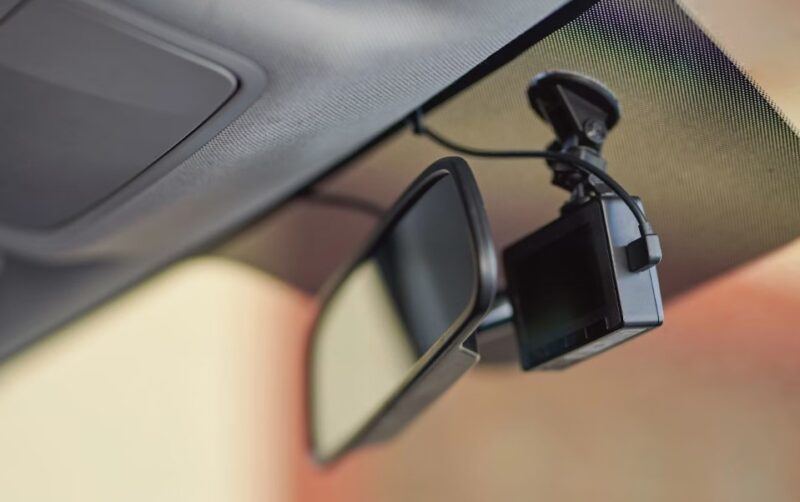
Preventative Measures for Reliable Operation
Maintaining a reliable power supply for your dash cam doesn’t have to be a daunting task. Regularly check your connections and replace any worn-out cables or adapters. If you live in a region with extreme weather, consider removing the dash cam during very hot or cold days to protect its battery.
Moreover, investing in a high-quality dash camera with a built-in voltage regulator can save you a lot of headaches. These devices ensure your dash cam receives a steady amount of power, which can significantly reduce power-related issues.
Know When to Upgrade
Older dash cams may simply be at the end of their life cycle. If you’ve ruled out all external power issues and your dash cam continues to fail, consider replacing the device itself. Electronics degrade over time. Internal components such as capacitors and processors become less stable, especially in a vehicle exposed to constant vibration and temperature changes.
Replacing a failing dash cam can seem costly, but the investment is worthwhile. Newer models often come with better heat resistance, internal memory options, and more reliable recording features. Instead of repeatedly troubleshooting the same device, shifting to a new one can offer lasting peace of mind.
Essentials for a Stable Power Setup
A secure power setup is not just about plugging in and hitting record. It’s about consistency and durability. To build a robust setup, make sure you:
- Use a fuse tap if hardwiring your cam. It offers safer integration with your car’s electrical system.
- Choose braided or reinforced cables. They last longer and handle heat better.
- Use power adapters with surge protection. Sudden voltage spikes can damage your dash cam.
- Check compatibility. Not every dash cam works well with all power adapters or external batteries.
Putting in a little effort at the beginning can eliminate hours of troubleshooting later.
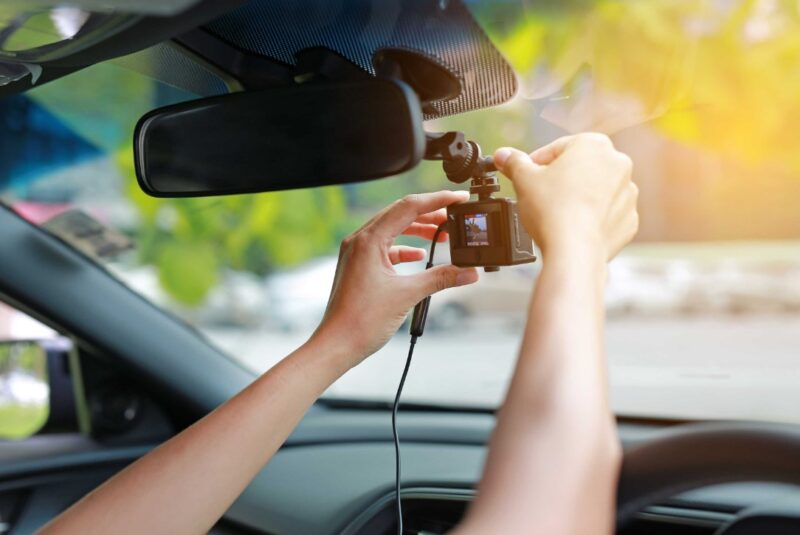
Don’t Overlook the Mount
The power issue may not always stem from wiring or the device itself. A shaky or faulty mount can disconnect the power cable over bumps or turns. Some mounts come with built-in charging ports, and if those mounts wear out or loosen, it disrupts the current.
Inspect your dash cam’s mount for looseness, weak suction, or damage. Consider using adhesive-backed mounts for better hold, especially in areas with bumpy roads. A stable mount ensures that both your camera angle and power supply remain steady throughout the drive.
The Role of Parking Mode
If your dash cam has a parking mode, it could draw power even when your car is off. This feature monitors activity while your vehicle is stationary. However, if not set up properly, it can drain your battery or create confusion about why the dash cam is behaving unpredictably.
- Some drivers forget they’ve activated parking mode, which can cause unexpected camera behavior.
- Others may not realize the camera continues to draw power overnight, draining the car battery.
- Parking mode may trigger false recordings due to wind, vibration, or passing cars.
- Some models require a hardwire kit or external battery to use parking mode safely.
Review your camera’s settings and manual. Make sure the parking mode is configured to shut off after a set period or when the voltage drops below a threshold.
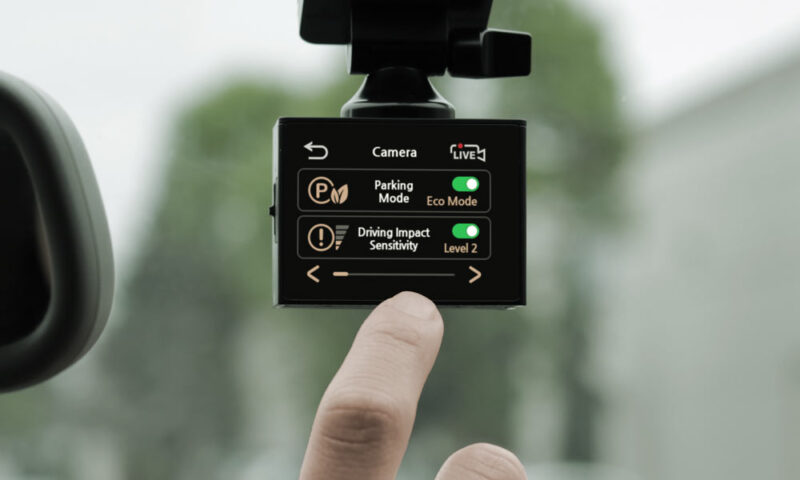
Conclusion
As you troubleshoot and maintain your dash camera, remember that patience is key. Sometimes, you might need to try multiple solutions before identifying the right one. But with a bit of persistence, you’ll ensure that your dash cam serves its purpose — keeping you safe and providing peace of mind on the road. Every fix you apply builds your confidence. Each resolved issue adds to your ability to handle future tech problems calmly and correctly.
In the journey of troubleshooting, always remind yourself of the young student and his remote-controlled car. By methodically examining each potential cause, discussing possibilities with others, and understanding the sensitive nature of your device, like the delicate bipinnate leaves, you are well on your way to solving the mystery of your dash cam’s power issues. Embrace the challenge, and you’ll not only fix your current problem but also arm yourself with the knowledge to tackle future issues confidently.

